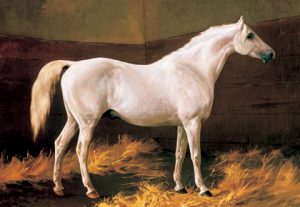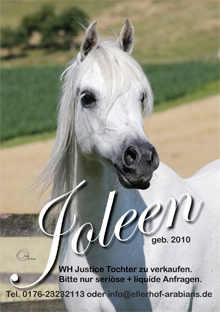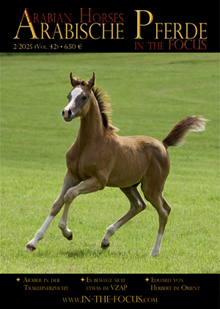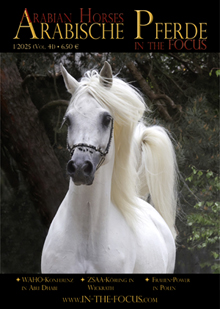“Shagya” – A Sireline as well as a Breed Name
With the stallion Shagya db, the sireline named after him was founded at Bábolna Stud. Representatives of this line all carried (in former years) the name “Shagya” and a string of numbers, which are quite confusing for beginners. Only in the 20th century, his name became also the breed name, which correctly should state Shagya-“Arabian”.
 Shagya X Mezöhegyes 1855
The Shagya-Arabians are a pure breed, whose ancestry traces gapless to the studbooks of Mezöhegyes, Radautz, and Bábolna. This blood is also common in other big studs in Poland, Bulgaria, Romania, Yugoslavia and in parts in Russia, and it was bred there according to the same principles as in the studs of the Danube monarchy. Today, this old tradition is maintained by the breeders to continue and improve this noble breed of performance horses within the principles of pure breeding.
Purchasing Desert-breds
In 1789, the Hungarian Main Stud Bábolna was founded. It is like reading an exciting novel to follow the dramatic history of this famous stud when wars, devastations, evacuations, epidemics and wrong breeding decisions decimated the breeding stock sometimes beyond hope.
At the beginning of the 19th century, Napoleon Bonaparte devastated the whole of Europe with his catastrophic wars. Millions of humans died in the turmoil of war. But the loss of horses was also immense, something often omitted in history books. Because of these losses, the horse stocks should be replenished as fast as possible. Horses that were sound and long living, tough, willing to perform and undemanding were sought after.
The decision in 1816, when the General Remount Inspection at Vienna decided that all mares in Bábolna should from now on only be covered with oriental stallions, was the beginning of a new era. For this reason, several expeditions to purchase horses were sent to the Orient. Horse dealers and experienced breeders, mostly ordered by governments or kings, set out on the dangerous path to the Middle East.
The Stallion Shagya db
-------------------------------------------------------------------------------------------------
The rest of this article is only visible to Online Subscribers.
Please log-in, if you are already an Online-Subscriber: Login-PagePlease go to the Shop, if you want to become an Online-Subscriber: Shop-page
The one-year Online Subscription is available at 20 €
-------------------------------------------------------------------------------------------------
Diese Webseite verwendet Cookies. Durch die Weiternutzung dieser Webseite erklären Sie sich damit einverstanden. Nähere Informationen zu der Verwendung von Cookies entnehmen Sie bitte unserer Datenschutzerklärung okay, Privacy & Cookies Policy
|















